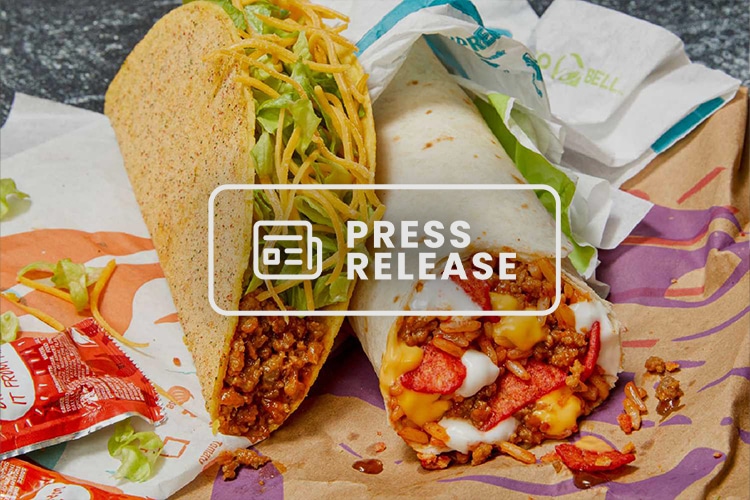Introduction
In today’s highly competitive restaurant industry, maintaining profitability is crucial for success. Rising costs, including inflation, present significant challenges for restaurant owners. However, by implementing effective menu engineering strategies, they can overcome these obstacles and maximize their profits. In this blog post, we will explore the concept of menu engineering and how it can be leveraged to combat increasing costs and boost profitability.
The State of the Economy and the Impact on Restaurants
Before delving into menu engineering, it is important to understand the current economic landscape and its impact on the restaurant industry, with rising inflation and its effects on the costs of essential ingredients. He emphasizes the significant price increases in items such as beef, milk, eggs, frozen, and prepared foods. This surge in costs necessitates a proactive approach to maintaining profitability.
What is Menu Engineering?
Menu engineering involves strategically optimizing menu offerings and profitability through visual representation. This process includes analyzing the costs and profits associated with each menu item, categorizing them based on performance, and making informed decisions to maximize revenue. Understanding the contribution margin is a crucial part of the process, as it indicates how much each menu item contributes to overall profits.
Calculating Food Costs and Menu Item Costs
To implement menu engineering effectively, understanding food costs and menu item costs is crucial. It starts by calculating food costs, including accurate inventory management and purchase tracking. By subtracting the ending inventory from the sum of the beginning balance and purchases, one can determine the cost of goods. Calculating the menu item cost involves summing up the costs of all ingredients in a specific dish.
Determining Contribution Margin and Profitability
The contribution margin measures the profitability of each menu item. It can be calculated by subtracting the menu item cost from its selling price. This calculation reveals the profit generated by each item. By analyzing the contribution margin and food cost percentage (menu item cost divided by price), restaurant owners can gain valuable insights into the profitability of their offerings.
Menu Item Categorization and Optimization
After understanding the contribution margin and food costs, operators can categorize their menu items to make informed decisions. Menu items can be broken down into four primary categories: stars, opportunities, puzzles, and dogs. Stars are popular and highly profitable items, opportunities have high contribution margins but low sales, puzzles have high sales but lower contributions, and dogs are low-performing in both aspects. Identifying these categories enables operators to focus on promoting high-performing items and exploring ways to improve or eliminate underperforming ones.
Taking Menu Engineering into Action
In short, menu engineering as a practical tool for decision-making. He shares examples of two popular menu items—a 14-ounce ribeye and a Tennessee Whiskey Burger—and breaks down their costs, contribution margins, and profitability. By comparing the two items, he demonstrates that sometimes investing in higher-cost ingredients can lead to significantly higher profitability.
Conclusion
In a challenging economic climate, menu engineering offers a strategic approach to drive profitability in the restaurant industry. By understanding food costs, calculating contribution margins, and categorizing menu items, operators can make data-driven decisions to optimize their menu offerings. Furthermore, employing visual strategies, such as the golden triangle and color psychology, can influence customer choices and maximize profitability. Implementing these strategies can enhance the overall dining experience and contribute to the long-term success of a restaurant.



